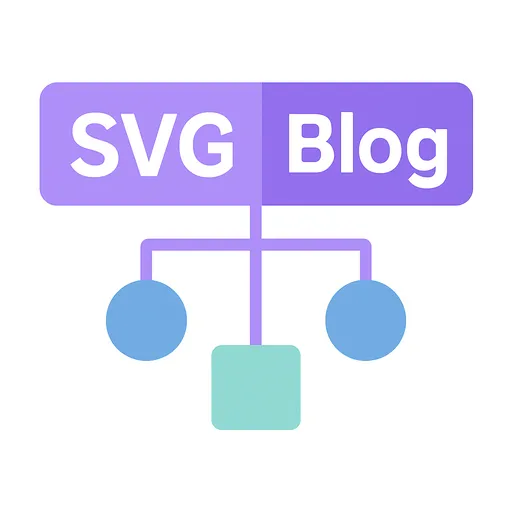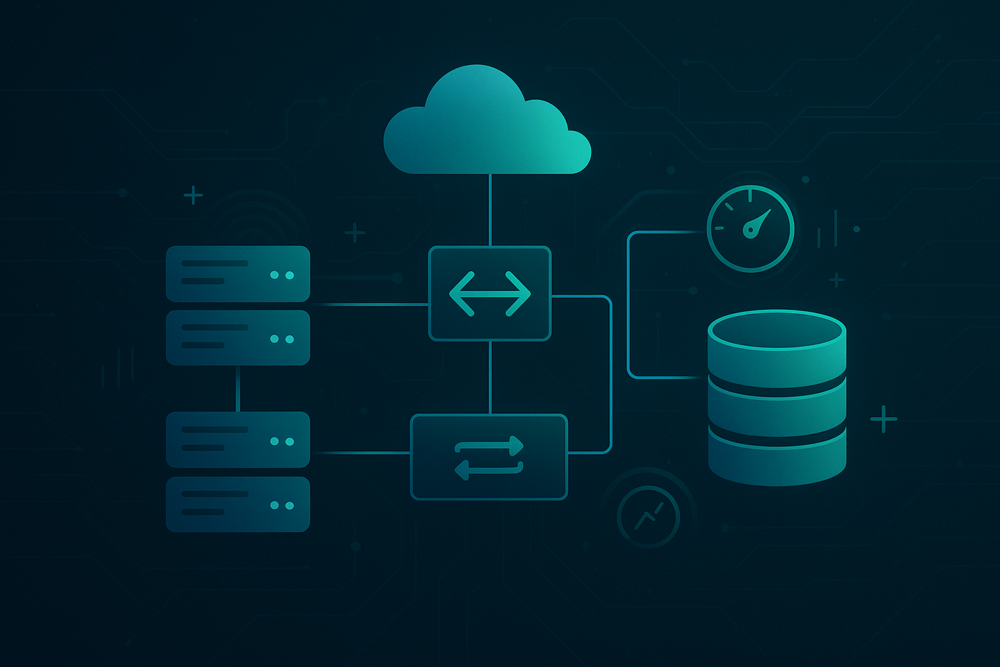High Availability Architecture for WordPress: Complete Guide
Today, WordPress is the most widely used CMS in the world, powering more than 40% of all websites on the internet. However, when it comes to mission-critical projects—such as news portals, high-traffic e-commerce platforms, or corporate applications—a basic installation is not enough. High availability (HA) and maximum performance become essential requirements to ensure the site is always online, responds quickly, and can scale dynamically according to demand.
A website that goes down at the worst moment can mean loss of sales, brand reputation damage, and user frustration. That’s why implementing WordPress in an environment designed for fault tolerance, scalability, and extreme performance is a strategic investment.
In this article, you’ll learn how to deploy a highly available WordPress architecture optimized to handle large volumes of traffic with the lowest possible response time. We’ll cover everything from infrastructure planning, load balancing, and cache optimization to best practices for security and monitoring.
The goal is that, by the end, you’ll have a clear guide to take WordPress to the next level: a resilient, fast, and infinitely scalable environment.
Hardware: the foundation of a fast and stable WordPress
Choosing the hardware (or hosting type) where WordPress will run is one of the most crucial factors for achieving
high availability and maximum performance. Setting up a personal blog with a few daily visits is very different from managing a WooCommerce store with thousands of transactions per hour or a news portal with huge traffic spikes.
In this section, we’ll cover:
- The official minimum requirements that WordPress needs.
- Hardware recommendations for a serious production environment.
- Examples of physical servers that can serve as reference.
- What to choose depending on the project type.
Official basic WordPress requirements
According to the official WordPress documentation:
- PHP: version 8.3 or higher
- Database: MySQL 8.0 or higher, or MariaDB 10.6 or higher
- Web server: Apache or Nginx with compatible modules (e.g. mod_rewrite)
- HTTPS support: mandatory for security and SEO
These requirements are the bare minimum. But for high availability projects, we’ll need to step up to more robust specifications.
Hardware recommendations for production
| Component | Minimum acceptable | Recommended (production / high traffic) |
|---|---|---|
| RAM | 512 MB | 2 GB or more (4–8 GB if using heavy plugins or WooCommerce) |
| CPU / Cores | 1 core ~1 GHz | 2–4 cores or more for medium-high traffic sites |
| Storage | 1 GB free for basic installation | SSD or NVMe, ideally separate the database onto a fast disk |
| PHP Memory | 128 MB | 256 MB or more |
| PHP Workers | Depends on the web server | Multiple workers to support medium/high concurrency |
Other key factors to consider:
- Use of caching (object cache, page cache, CDN).
- Separate database server as the project grows.
- Distribute loads between frontend, backend, and DB.
- Server geographic location for lower latency.
- Simple scalability (expandable RAM/CPU).
What to choose depending on your scenario
| Scenario | Suggested minimum hardware | Notes |
|---|---|---|
| Personal blog or small site | 2 GB RAM, 2 cores, 50 GB SSD | A MicroServer or basic tower will be sufficient. |
| Medium-traffic site | 4–8 GB RAM, 4 cores, SSD/NVMe | Ideally separate the database or use a dedicated server. |
| WooCommerce store or large portal | 8+ GB RAM, 6–12 cores, fast NVMe | Best to choose rack servers, ready for horizontal scaling. |
High Availability Architecture for WordPress
A traditional (monolithic, single-server) WordPress setup works fine for small sites, but it’s not enough when aiming for high availability (HA). In critical environments, we need a resilient, scalable, and distributed infrastructure capable of absorbing hardware failures, traffic spikes, and intensive workloads (e.g. WooCommerce, membership sites, or media portals).
The key is to separate responsibilities and use several layers that work together. Let’s review the main components:
Load Balancers
- Act as the entry point for all web traffic.
- Distribute requests among multiple web servers to avoid overload.
- Can detect if a node fails and stop sending traffic to it (health checks).
- Examples: HAProxy, Nginx, AWS ELB/ALB, Google Cloud Load Balancing.
Scalable Web Servers
- These are the machines that serve the PHP code of WordPress.
- Typically run Nginx + PHP-FPM or Apache + PHP-FPM.
- They can scale horizontally (adding more servers behind the load balancer).
- Ideally automated with auto-scaling in the cloud or containers (Kubernetes, Docker Swarm).
Important: all nodes must share the same WordPress files (plugins, themes, uploads). This is solved with
shared storage (NFS, GlusterFS, Ceph, or S3-compatible).
Independent Database
- WordPress heavily depends on MySQL/MariaDB.
- In HA, the database must run in an independent cluster from the frontend.
- Options:
- Master–Slave or Primary–Replica replication (distributed reads).
- Galera clusters (multi-master high availability).
- Managed services like Amazon Aurora, Google Cloud SQL, or Azure Database for MySQL.
The database is often the main bottleneck; separating it improves stability and performance.
Caches and intermediate optimization
- Object cache with Redis or Memcached to reduce database queries.
- Page cache (Varnish, Nginx FastCGI cache, or plugins like WP Rocket) to serve static pages whenever possible.
- CDN (Cloudflare, Akamai, BunnyCDN, etc.) for static content (images, CSS, JS).
The more traffic the cache serves, the less load PHP and MySQL will bear.
Shared Media Storage
- Files uploaded by users (images, PDFs, etc.) must be available on all servers.
- Options:
- NFS/GlusterFS for on-premise environments.
- S3 + WP Offload Media plugin for cloud environments.
This avoids the problem of an upload existing only on a single node in the cluster.
Recommended plugins for WordPress
| Category | Plugin | Link / More information |
|---|---|---|
| Security | Wordfence Security | https://www.wordfence.com/ |
| Security | All In One WP Security & Firewall | https://wordpress.org/plugins/all-in-one-wp-security-and-firewall/ |
| Cache / Performance / Optimization | WP Rocket | https://wp-rocket.me/ (Jetpack) |
| Cache / Performance / Optimization | LiteSpeed Cache | https://wordpress.org/plugins/litespeed-cache/ |
| Cache / Performance / Optimization | W3 Total Cache | https://wordpress.org/plugins/w3-total-cache/ |
| Cache / Performance / Optimization | WP-Optimize | https://wordpress.org/plugins/wp-optimize/ |
| Cache / Performance / Optimization | Jetpack Boost | https://jetpack.com/boost/ |


0 Comment